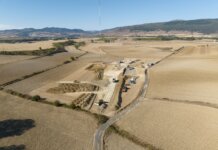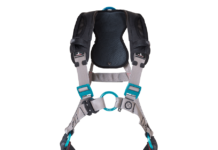Dutch marine contractor VBMS says it has executed the first export cable shore landing at the 336 MW Galloper Offshore Wind Farm, in England, using its newly developed SeaSerpent buoyancy system, which lowers the cable onto the seabed without the use of divers, wet riggers or support vessels.
According to the company, the controlled progressive lowering of the cable onto the seabed is remotely operated from the beach or an installation vessel, positioning the cable accurately along the route without risking the integrity of the cable.
Another advantage of this diverless operation is that all rigging materials, including buoyancy devices, are recovered from the cable directly, after which the trenching operation can commence without any further intervention.
VBMS says it demonstrated the efficiency of its invention at the Galloper shore landing on the coast of Suffolk, U.K. The shore landing, entailing a 700-meter export cable pull-in and lowering of the cable onto the seabed, was performed in only seven hours. The progressive lowering itself took five minutes to complete.
Toby Edmonds, project director at Galloper Wind Farm, says, “The installation of the first of two export cables is a critical step in the construction of Galloper, which, once operational, will be capable of generating enough energy for over 300,000 homes. The installation went smoothly and to time, and we look forward to replicating that performance next spring when the second and final export cable is installed.”
Project partner innogy SE is leading the development and construction of Galloper Offshore Wind Farm on behalf of all of the project partners, including Siemens Financial Services, UK Green Investment Bank and Macquarie Capital.
Click here for a video of the operation.




